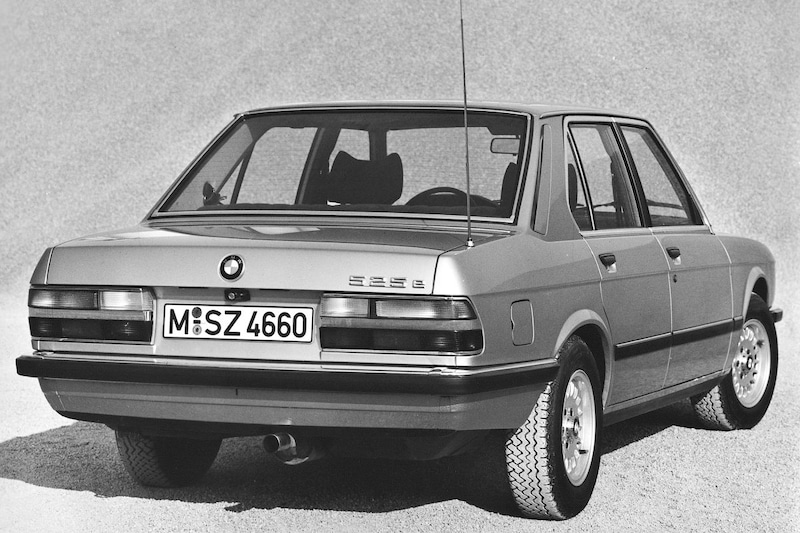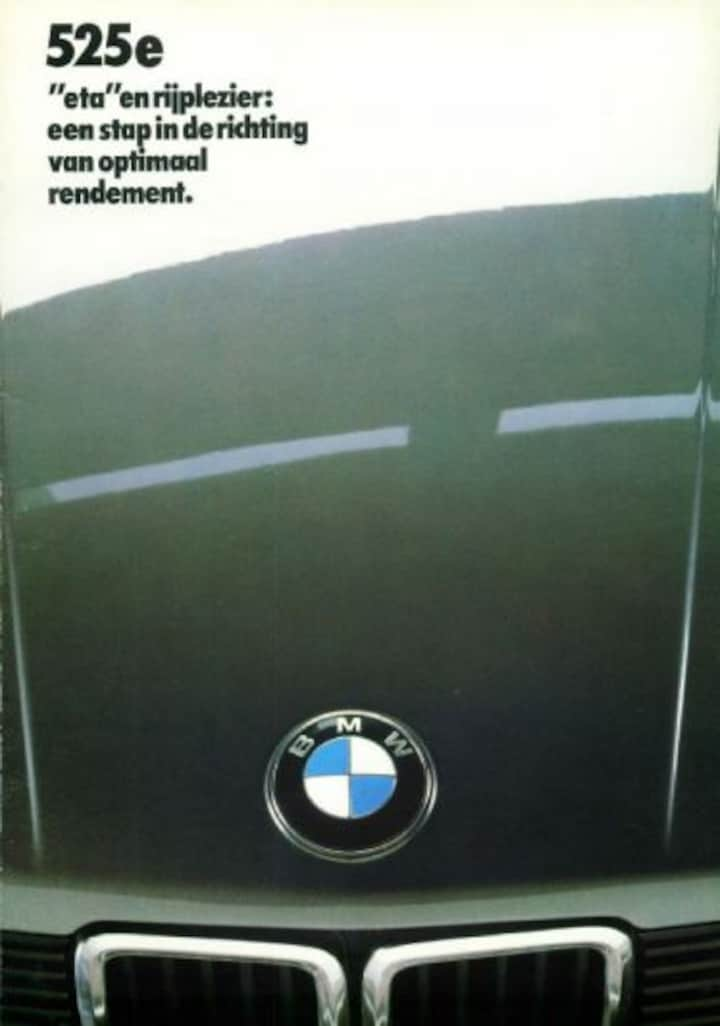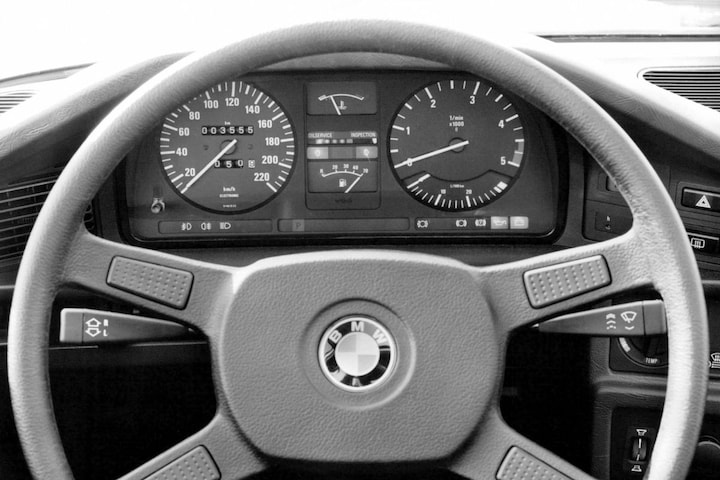Petrol alternative for the 524td

The letter ‘e’ behind a number combination on a BMW is now quite common. It indicates that the model in question is a plug-in hybrid. In the current 5-series this applies to the BMW 530e and the 550e, but more than forty years ago there was also a Fünfer with an ‘e’ in the designation, the 525e.
A change took place in the early 1980s: cars had to use petrol more efficiently. In addition, economical diesel started to gain popularity. BMW first had the latter in 1983, in the form of the 524td, but the turbodiesel was not enough to keep the 5-series attractive for the business market. Because many motorists were far from ready for a grumpy diesel, no matter how nice and fast the 524td was for a self-igniter. In addition to the diesel, BMW therefore introduced an economically tuned petrol variant of the 5-series. Munich came up with the 525th, where the e stood for eta, the letter from the Greek alphabet.

Longer stroke so it became a 2.7 liter
The M20 inline-six petrol engine of the 525i received a shorter bore and a longer stroke, and a different crankshaft. With 129 hp, the 2.7 liter had only slightly more hp than a 520i with a 2.0 inline-six. However, the 525e had to work much less hard than its smaller six-cylinder brother, delivering maximum power at just 4,250 rpm. Particularly impressive for that time was the torque of 240 Nm at 3,250 rpm. This meant that as a 525e driver you had just as much pulling power at your disposal as a 528i driver, who had to rev his Fünfer up to 1,000 rpm to do so. A party of course with such a howling six-cylinder in the 528i, but the 525e was its counterpart in everything.

Shifters drive the 525e
Shift guys drive. You could do that with the BMW 525e. It’s nice to let that nice-sounding straight-six drop down to 1,500 rpm and then step back on the gas. You didn’t want that in the other six-cylinder engines, they didn’t respond in such a situation. The 2.7 of the ‘eta’ handled it well. In fact, if you drove it like this, it rewarded you with significantly lower fuel consumption. Then you might have achieved the 1 to 12.3 that the factory promised, while the smallest six-cylinder 520i did not allow it to go further than 11.4 kilometers per liter.
Just like today’s ‘e’ also requires a different driving style than a normal 5-series. If you plug in dutifully and leave with a full battery pack, then use the accelerator in a controlled manner. Then the four-cylinder turbo of the 530e remains idle, an engine whose sound cannot compete with the sweet-sounding sounds that the 525e produced despite its efficiency. Fortunately, there is also a 550e, which does have a six-cylinder.
– Thanks for information from Autoweek.nl